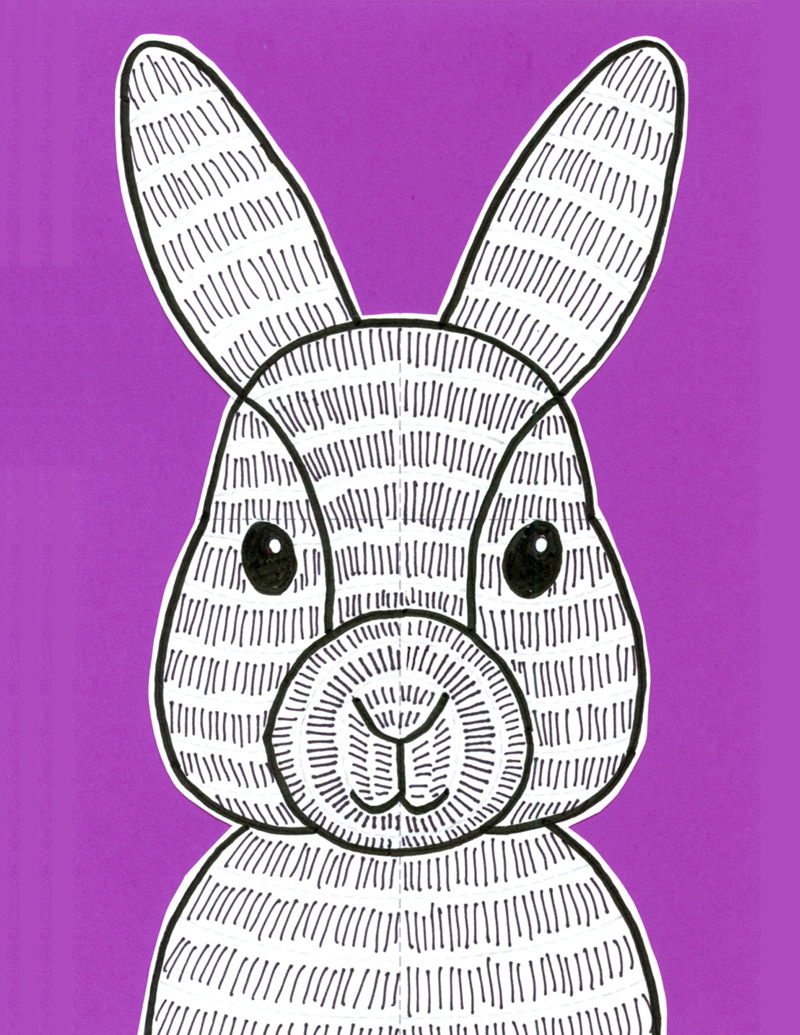
Chandra Bhedana Pranayama is a powerful breathing technique that offers a unique way to connect with the calming and cooling qualities of the moon. This technique is especially beneficial during times of heightened emotions or when you find yourself overwhelmed by the heat and intensity of life. It cools the mind, soothes the nervous system, and melts away stress and tension. Learn to restore your equilibrium by activating the calming energy of the moon to cool the flames of your desires and find a sense of inner balance.
What is Chandra Bhedana Pranayama?
Chandra Bhedana Pranayama is a yogic breathing technique known as Single Nostril Breath, Moon-Piercing Breath or Left Nostril Breathing. The Sanskrit word Chandra translates to “moon,” while Bhedana means “piercing” or “penetrating.” Pranayamatranslates to “breath control” or “breath expansion.” Therefore, Chandra Bhedana Pranayama is a breath control practice that is believed to have a cooling and calming effect on the body and mind, similar to the soothing energy of the moon.
Chandra Bhedana Pranayama uses a unique pattern of inhalation and exhalation through different nostrils to activate the cooling, calming and feminine energy of the moon. The goal of this breathing practice is to purify improve the flow of prana (life energy) in the Ida or Chandra Nadi (the left energy channel) and balance the body’s energy.
Yogis traditionally use the Vishnu Mudra hand gesture during Chandra Bhedana Pranayama. A mudra is a gesture or “seal” that is believed to channel and direct energy within the body. This mudra stimulates the lungs and heart and facilitates balance and equilibrium. Vishnu is a Hindu deity that represents the energy of balance, preservation and sustenance. While the use of this mudra is optional, it can infuse the experience of Chandra Bhedana Pranayama with a deeper sense of harmony, intention, and equanimity.
The practice of Chandra Bhedana Pranayama originates from the Yoga Chudamani Upanishad, one of the seminal texts of Kundalini and Tantra Yoga. This ancient text describes the technique as a method for purging bad karma and purifying the Chandra or Ida Nadi, as well as for awakening Kundalini energy. The specific name “Chandra Bhedana Pranayama” and its associated practices were developed and named by later yogis based on the guidelines provided in the Upanishad.
When to Use Chandra Bhedana
This pranayama can be practiced at any time of the day, but it is particularly beneficial when performed in the evening or at night. Its calming and soothing energy is ideal for relaxation and preparing for sleep. It is especially beneficial when you are feeling anxious, stressed, and overwhelmed or are experiencing excessive body heat. Practicing during a full moon or when the moon is visible in the sky can enhance the effects of this Pranayama.
How to practice: step-by-step instructions
- Proper posture
Choose a quiet and peaceful space where you won’t be disturbed during your practice. You can optionally light some candles or dim the lights to create a serene atmosphere that enhances your practice. Find a comfortable position, either seated on the floor or in a chair. Make sure your spine is straight, your shoulders are relaxed, and your body is relaxed. - Breath awareness
Gently bring your attention to your breath and observe the natural rhythm of your inhalation and exhalation. Feel the gentle rise and fall of your chest as you inhale and exhale. Become fully present in this moment, letting go of any distractions or worries that may be weighing you down. Slowly move into a conscious diaphragmatic breathing pattern, allowing your breath to slow and deepen. - Hand gesture (mudra)
To enhance the practice of Chandra Bhedana Pranayama, bring your right hand into Vishnu Mudra. Curl the index and middle fingers of your right hand towards your palm, while extending the thumb, ring finger, and pinky finger. - Alternate nostril breathing
Practicing a few rounds of Nadi Sodhana Pranayama is optional but can help prepare the body and mind for this powerful breathwork technique. - Inhale through the left nostril
Use your right thumb to gently close your right nostril. Take a slow and deep breath through your left nostril. Feel the coolness of the breath as it enters your body, bringing a sense of peace and relaxation. - Hold the breath in
After inhaling, gently press the ring and pinky fingers against the left nostril to close it off. Hold the breath for a moment, allowing the energy to settle within you. Do not force or strain the breath retention. Find a comfortable duration that works for you, starting with a few seconds and gradually increasing as you become more comfortable with the practice. - Exhale through the right nostril
Release your thumb from the right nostril, but keep the ring and pinky fingers pressed against the left nostril. Exhale slowly and completely through your right nostril. As you exhale, feel any tension or stress leaving your body, making space for calmness and serenity. - Repeat
Continue this cycle of inhaling through the left nostril, holding the breath, and exhaling through the right nostril for a few more rounds. Aim to maintain a slow and steady rhythm, syncing your breath with your movements. Relax into the practice, allowing a slow and steady rhythm to become established. - Integrate
After completing your practice, take a moment to reflect on the sense of calm and serenity that you have cultivated within yourself. Notice if your mind feels clearer, your body feels more relaxed, and your energy feels balanced.
Also Read : Easy Christmas Sugar Cookies
Benefits of Chandra Bhedana Pranayama
- Clears and purifies the nadis
A regular practice of Moon-Piercing Breath can help to activate, clear and purify the Ida Nadi. This energy channel runs along the left side of the spine and is associated with the cooling, calming, and nurturing energy of the moon. - Calms the mind
This breathwork technique activates the parasympathetic nervous system, also known as the rest and digest response, leading to a state of relaxation and tranquility. Regular practice of this pranayama technique can lead to a calmer mind, improved concentration, and an overall reduction in stress levels. - Balances the emotions
By activating the Ida Nadi, which is connected to the lunar energy, this Pranayama technique can help reduce feelings of anxiety, irritability, and anger. Regular practice can lead to a more balanced emotional state, promoting a greater sense of inner peace and harmony. - Regulates body temperature
The moon-piercing breath is known for its cooling effect on the body. By activating the cooling energy of the moon, this pranayama technique can provide relief from excessive heat and help you feel more comfortable in your environment. It is especially helpful during hot weather, experiencing hot flashes, feeling overheated in hot yoga, or with symptoms of inflammation. - Awakens Kundalini
An intense and daily practice of Chandra Bhedana is believed to awaken Kundalini, the dormant energy which resides at the base of the spine. This powerful energy, when awakened, can stimulate spiritual growth and create a deeper connection with oneself and the universe. Regular practice of this pranayama technique can help to activate and balance the energy centers (chakras) in the body, leading to a greater sense of vitality and spiritual awakening.
Cautions and contraindications
While this pranayama practice offers numerous benefits, it is important to be aware of certain cautions and contraindications to ensure a safe and effective practice.
- New students
This is an advanced pranayama technique that requires a certain level of experience and understanding of breath control. It should not be attempted by beginners or those who are new to yoga. It is recommended to start with simpler pranayama practices and gradually progress towards this technique under the guidance of a qualified yoga teacher. - Pregnancy
Pregnant women should avoid any practices that can potentially alter the body’s natural balance. It is best to consult with a qualified prenatal yoga instructor or healthcare provider for guidance on suitable breathing techniques during pregnancy. - Low body temperature or cold symptoms
This cooling pranayama practice can further decrease body temperature and potentially worsen symptoms such as chills, congestion, or a runny nose. It is advisable to avoid this pranayama during the winter season, if you are feeling cold or have a low body temperature. It is advisable to wait until the body temperature returns to normal before attempting this practice. - Asthma or breathing disorders
The Kumbhaka breath retention used in this practice may aggravate symptoms for individuals with asthma or other breathing disorders. The prolonged breath retention can put excessive strain on the respiratory system, potentially leading to shortness of breath, coughing, or wheezing. It is crucial for individuals with these conditions to consult with a healthcare professional before attempting Chandra Bhedana Pranayama. - High blood pressure or heart conditions
The breath retention technique involved in this pranayama can temporarily increase the heart rate and blood pressure. While this can be beneficial for some individuals, it may pose a risk for those with pre-existing heart conditions or uncontrolled high blood pressure. It is important to consult with a healthcare professional to determine if this pranayama is suitable and to receive guidance on modifications or alternatives.
Practice tips
- Gradually increase the duration
Start with a few rounds of this breath, gradually increasing the duration of each inhalation, breath hold, and exhalation. - Observe the effects
As you continue practicing Chandra Bhedana Pranayama, take note of any changes in your mental and emotional state. Many practitioners report feeling a sense of calmness, improved focus, and reduced anxiety after regular practice. - Avoid forcing the breath
Let the breath flow naturally and smoothly to Practice this pranayama with ease and without force. If you feel any discomfort or strain, gently release the technique and return to your normal breathing. - Seek guidance from a qualified teacher
If you are new to pranayama or have any underlying health conditions, it is advisable to seek guidance from a qualified yoga teacher or healthcare professional before attempting Chandra Bhedana Pranayama. They can provide personalized guidance and ensure that the technique is suitable for your unique needs. - Add root lock or abdominal lock
Advanced practitioners can incorporate one of the bandhas during the internal or external breath retention to increase the intensity of the pranayama. Mula Bandha, the root lock, can be engaged on the inhalation by drawing the perineum upward towards the navel. Uddiyana Bandha, the abdominal lock, can be engaged on the exhale by drawing the abdomen in and up towards the spine.
Final thoughts
When you incorporate the Moon-Piercing Breath into your daily routine , you invite a deep sense of calm and inner peace into your life. Allow this practice to become a sanctuary for you, a sacred space where you can connect with your inner self and find solace in the soothing presence of the moon. Let it be a reminder that just as the moon goes through phases, so do we. And in embracing these phases, we can learn to navigate life’s ups and downs with grace and resilience.





